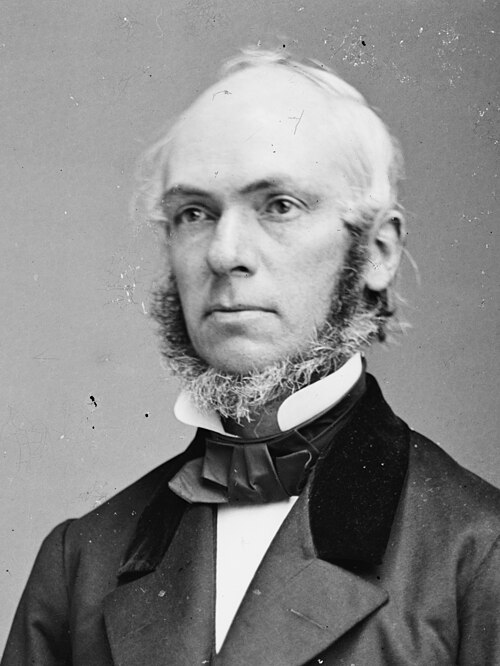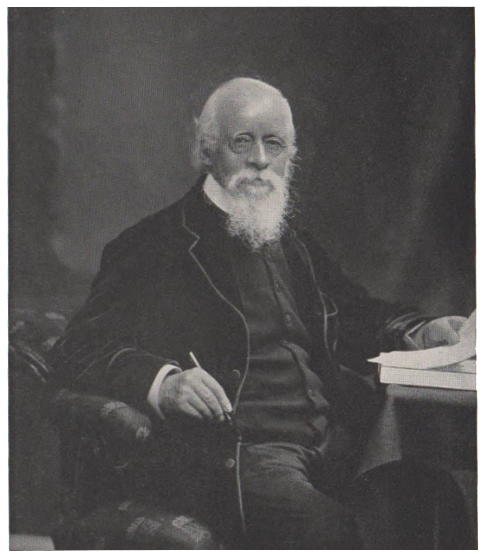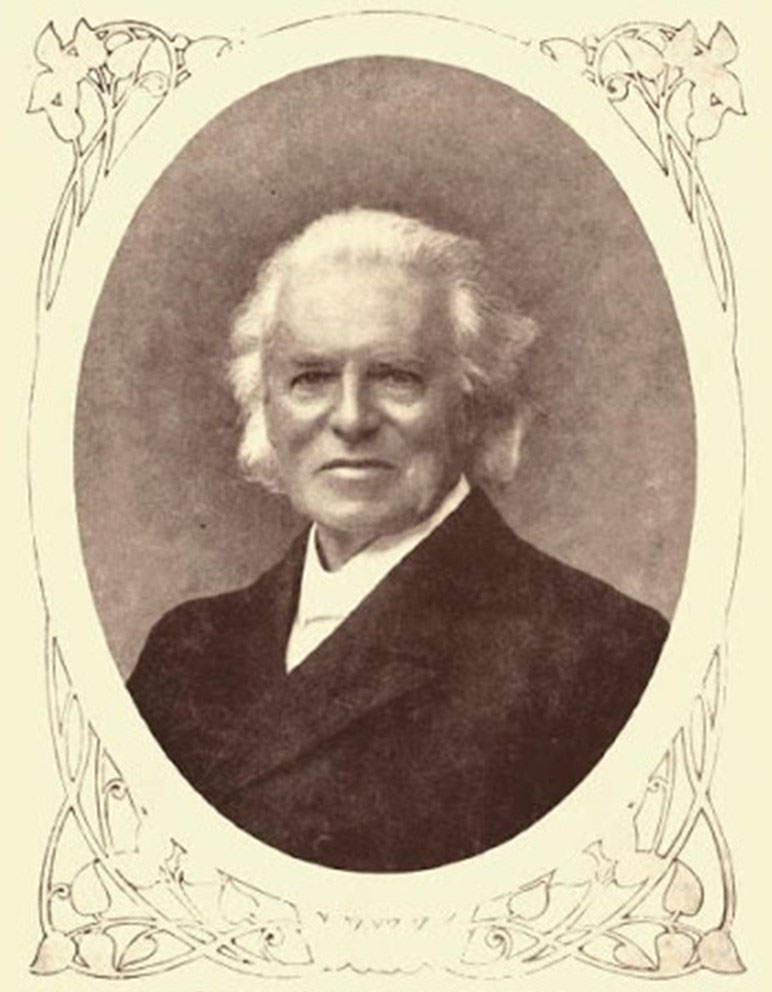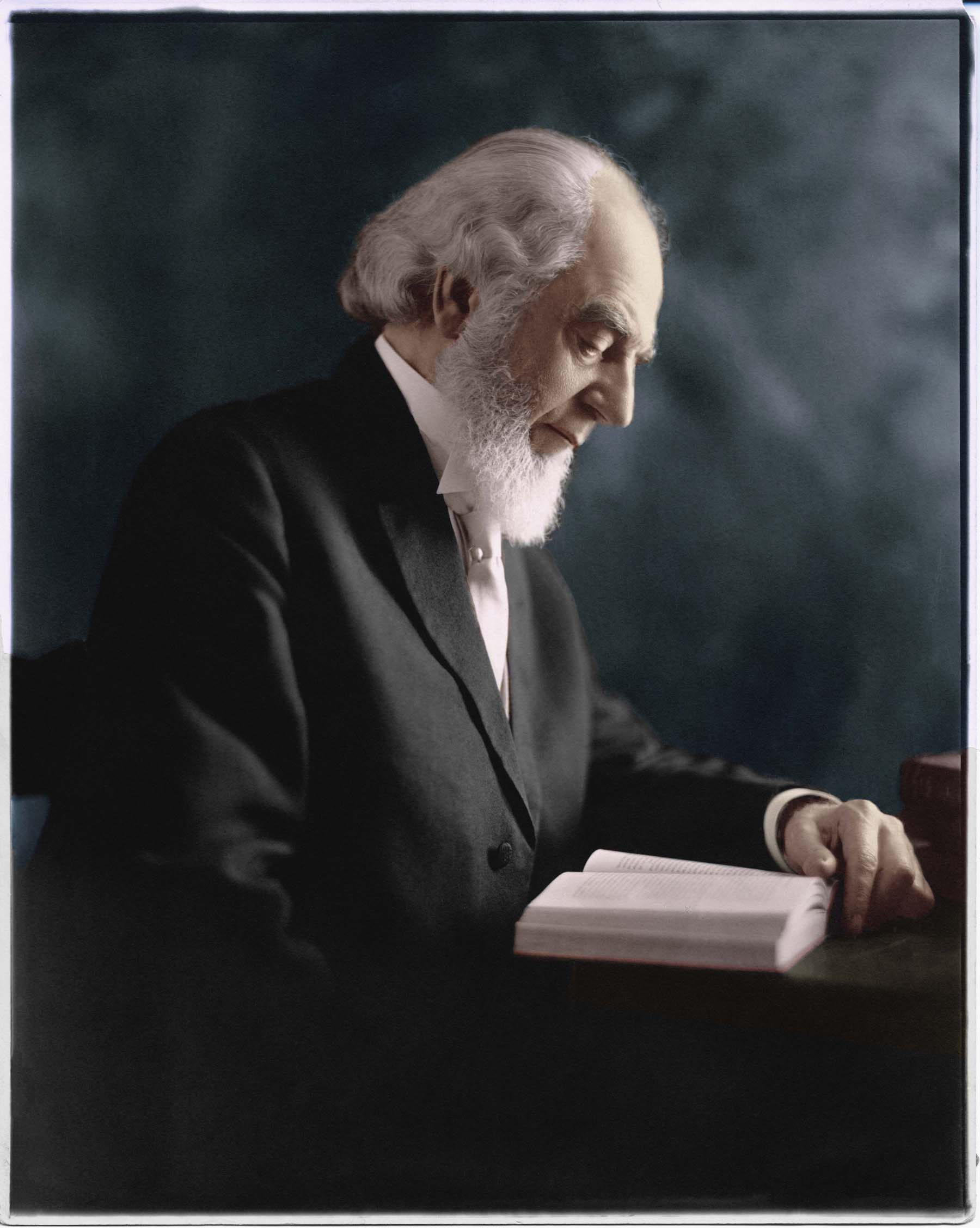Turning points in Christian History
Jeremiah 6:17 I have set watchmen over you, Hearken to the sound of the trumpet.


View Gallery — Notable characters in Christian History
Historic Preview of the Gospel Age — Bob Gray
Early and later reformers with promises and admonitions to the seven churches
Timeline of Church Unity and Divisions — Through the centuries
A tabulation of dates and notable crossroads in Christian history.
The Church — Renaissance, Reformation and teachers 1374 - 1916
Irenaeus and Tertullian — Prophetic Faith of our Fathers
Le Roy Edwin Froom Irenaeus of Gaul and Tertullian of Africa were early Church bishops and
teachers in the first and second centuries. Though living before the establishment of Papacy, these two
were keenly aware of the prophecies of the Man of Sin and Antichrist. Their writings on prophecy became
the foundation for subsequent generations. Froom recounts their views on the first and second advents,
resurrection, the New Jerusalem, chronology, the Millennium and prophecies of Daniel and Revelation.

We highly recommend:
When Jesus Became God by Richard E. Rubenstein, 1999, Harcourt, Inc.
ISBN: 0-15-10368-8 and 0-15-601315-0
ARIUS, A Christian priest from Alexandria Egypt in the early fourth century whose
teachings were considered heretical by the main body of the Christian Church. In about the year 318,
he was involved in a dispute with his bishop, Alexander of Alexandria, maintaining against him that
the Son of God was not coeternal or consubstantial with God the Father, but that there was once a
time, before he was the "only begotten son", that he did not exist. See:
The Doctrine of Christ
A few extracts from: Arius the Libyan (a historical novel) - Nathan Kouns 1914:
Constantine — His Most Catholic Majesty
The Politics of Religion — An insight to a notorious emperor.
A turning point for the trinity doctrine.

Emergence of Papal Power — Prophetic Faith of our Fathers, Le Roy Edwin Froom, Volume 1, page 492
This chapter traces the gradual emergence of Papal Power to 539. Here is historical evidence for the transfer of legal, political and religious authority by Justinian to the Bishop of Rome. The factors of Eastern and Western Capitals, the Vandal wars and central religious authority are particularly documented for the years 536-539. This confirms the same evidence in Studies in the Scriptures, Volume 2 pages 293-299 and Volume 3 pages 70-90. This turning point is seen to begin the prophetic days of Daniel 12.

Peter Waldo — 1140-1218 Prophetic Faith of our Fathers, Le Roy Edwin Froom
Waldo also began to preach and teach on the streets, based on his ideas of simplicity and poverty,
notably that "No man can serve two masters, God and mammon." The Waldensian movement was characterized
from the beginning by lay preaching, voluntary poverty and sticking to the "Word of God", the Bible.
Peter Waldo commissioned a cleric from Lyons around 1180 to translate the Bible, or parts of it, into
vernacular, the provençal language. Driven away from Lyon, Waldo and his followers settled in the high
valleys of Piedmont, and in France, in the Luberon. Finally, Waldo was excommunicated by Pope Lucius III
during the synod held at Verona in 1184, and the doctrine of the Poor of Lyon was again condemned by
the Fourth Lateran Council in 1215, and regarded as heresy. The Roman church began to persecute the
Waldensians, and many were tried and sentenced to death in various European countries during the 12th,
13th, and 14th centuries.


Wycliffe — 1320-1384, Morning Star of the Reformation
by John Trzyna
William Tyndale — 1494-1536
A 16th-century Protestant reformer and scholar who, influenced by the work of Desiderius Erasmus
and Martin Luther, translated the Bible into the Early Modern English of his day. Tyndale's was the
first English translation to draw directly from Hebrew and Greek texts, and the first to take
advantage of the new medium of print, which allowed for its wide distribution. In 1535, Tyndale was
arrested, jailed in the castle of Vilvoorde outside Brussels for over a year, tried for heresy and
burned at the stake. He was strangled then his body was burnt.

Martin Luther — 1483-1546
"Father of the Reformation"
Here is his view on Immortality of the soul.
Michael Servetus — 1511-1553
A Spanish Protestant Reformer.
Author of:
The Restoration of Christianity,
refuting Calvin's Institutes.
Renounced doctrines of trinity,
immortality of the soul and hell
fire. Burned at the stake for his
"heresy".

We highly recommend: Out of the Flames
by Lawrence & Nancy Goldstone, 2001
Broadway Books. ISBN: 0-7679-0836-8

Isaac Newton — 1642-1726 Religious Prophetic Student, Heretic and Reformer
His studies and treatises on Biblical accuracy, chronology, history, prophecy, monuments and measures continued to challenge and reshape theology for centuries to follow.
By the turn of the century, Newton’s massive “Drafts on the History of the Church” illustrated his views on the Trinity’s development, culminating in a rejection of Trinitarian doctrine in favor of “one true God” as the Father alone.
Newton asserted that certain early Church Fathers—particularly the fourth-century Archbishop Athanasius—had deliberately altered the text to align with their doctrinal agendas. Privately, Newton arrived at radical conclusions about the history of Christianity, including a strong conviction that the doctrine of the Trinity was a post-biblical corruption.

James Strong — 1822-1894. Exhaustive Concordance, and much more
His best-known work is the Bible concordance named after him, Strong's Exhaustive Concordance of the Bible, first published in 1890, of which new editions are still in print. "Strong's numbering" of Greek and Hebrew words, have dominated the enumeration of such words in Bible study helps to the present day.
Another major contribution was the McClintock and Strong's Cyclopedia. Strong supervised theological and ecclesiastical literature for the project of 12 volumes and nearly 50,000 articles. Hundreds of scholars on both sides of the Atlantic worked upon this historic resource.

Joseph Bryant Rotherham — 1828-1910. The Emphasized Bible
He was a prolific writer whose best-known work was The Emphasized Bible, a new translation that used "emphatic inversion" and a set of diacritical marks to bring out shades of meaning in the original text. The Emphasized Bible is one of the most innovative and thoroughly researched translations ever done by a single individual. Its presentation of emphases and grammatical features of the original languages still reward careful study. Pastor Charles T. Russell described him as "one of the most scrupulous translators." His appendix notes at the end of each of the testaments have served generations of students with the meaning of Biblical text.

Henry Grattan Guinness — 1835-1910. Eschatology
Born in Dublin. From 1860 to 1872 traveled as an evangelist in France, America, the Near East and the British Isles. Guinness worked out the prophetic chronology of the Bible. In this he saw that he was living at the end of six sabbatic days of creation, 6,000 years from Adam, and that the "redemption Sabbath" would soon arrive.
The "Times of the Gentiles" were coming to an end and would be followed by the rising again of Israel.
Eight major works explored the historicity of prophecy: History Unveiling Prophecy; Romanism and the Reformation; The City of the Seven Hills; The Approaching End of the Age; Light for the Last Days; The Divine Programme of the World's History; Key to the Apocalypse.

Charles T. Russell — 1852-1916. Pastor for millions
Born in Pittsburgh. Was the founder of the International Bible Students Association. By the time he was 20, Charles had left both Presbyterianism and Congregationalism because he could not reconcile the idea of an eternal hell with God’s mercy. An encounter with some followers of the Adventist movement begun by William Miller introduced him to the idea that the Bible could be used to predict God’s plan of salvation, especially as the plan related to the end of the world.
He managed to master the use of Hebrew and Greek dictionaries to study the Bible, and he formed his first Bible classes in 1872. With N.H. Barbour of Rochester, N.Y., Russell published Three Worlds and the Harvest of the World in 1877. Basing his judgment on biblical calculations, he preached from 1877 that Christ’s “invisible return” had occurred in 1874 and that the end of the Gentile times would come in 1914, followed by war between capitalism and communism or socialism, after which God’s kingdom by Christ would rule the earth. He explained such doctrines as: Mortality of human souls; Death and Gehenna; The Son of God; Ransom for all; Resurrection of the dead; Atonement; Tabernacle Shadows, and more.
Charles Russell dedicated his life and his fortune to preaching Christ’s millennial reign. In 1879 he started a Bible journal, later called The Watch Tower, and in 1884 he founded the Watch Tower Bible and Tract Society and was president until his death. His books and booklets (notably six volumes of Studies in the Scriptures) reached a circulation of 16 million copies in 35 languages, and 2,000 newspapers published his weekly sermons.
Pastor Russell directed the production of a worldwide road show presentation titled The Photo-Drama of Creation, an innovative eight-hour religious film in four parts. It was the first major screenplay to incorporate synchronized sound, moving film, and color slides. Production began as early as 1912, and the Drama was introduced in 1914. I is estimated the 9 million people viewed the program internationally.